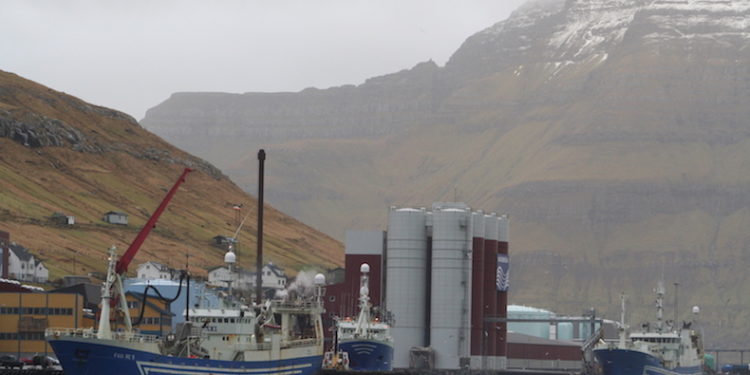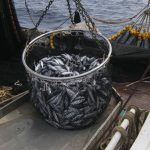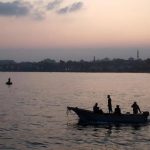Following a bad-tempered falling-out at the end of last year over reciprocal access to fishing grounds, Iceland and the Faroe Islands have come to an agreement for access in 2018 to Atlanto-Scandian herring, blue whiting and other fish stocks.
Icelandic pelagic vessels have similar access to blue whiting in the Faroese EEZ, although the maximum number allowed to fish at any one time is increased from 12 to 15.
The Faroese fleet gets to fish for capelin in the Icelandic EEZ up to 5% of the quota, although this is capped at 25,000 tonnes and not 30,000 tonnes as before, and the restrictions of production on board and landing for human consumption remain in place. Iceland has given way slightly, in allowing the cutoff date for production for human consumption to be shifted a couple of days from the 15th to the 17th of February, after which Faroese pelagic vessels are required to land a third of catches in Iceland.
The Faroese groundfish fleet keeps its 5600 tonne quota, which includes cod capped at 2400 tonnes and tusk at 650 tonnes.
Iceland holds onto its 1300 tonne mackerel allowance in Faroese waters, but gives away the 2000 tonne quota for Shetland herring that has not been utilised for many years.
According to the Icelandic Ministry of Fisheries, the two countries are aiming to have a framework agreement in place before 1st September this year.









